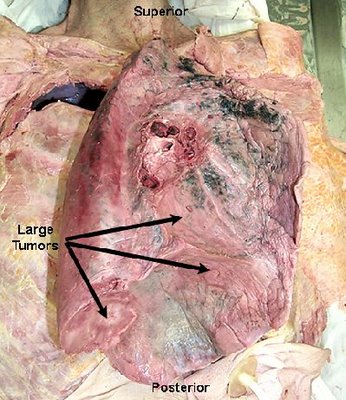"These germs are actually good for us," said Richard L. Gallo, MD, PhD, professor of medicine and pediatrics, chief of UCSD's Division of Dermatology and the Dermatology section of the Veterans Affairs San Diego Healthcare System.
The study, to be published in the advance on-line edition of Nature Medicine on November 22, was done in mice and in human cell cultures, primarily performed by post-doctoral fellow Yu Ping Lai .
"The exciting implications of Dr. Lai's work is that it provides a molecular basis to understand the 'hygiene hypothesis' and has uncovered elements of the wound repair response that were previously unknown. This may help us devise new therapeutic approaches for inflammatory skin diseases," said Gallo.
The so-called "hygiene hypothesis," first introduced in the late 1980s, suggests that a lack of early childhood exposure to infectious agents and microorganisms increases an individuals susceptibility to disease by changing how the immune system reacts to such "bacterial invaders." The hypothesis was first developed to explain why allergies like hay fever and eczema were less common in children from large families, who were presumably exposed to more infectious agents than others. It is also used to explain the higher incidence of allergic diseases in industrialized countries.
The skin's normal microflora – the microscopic and usually harmless bacteria that live on the skin – includes certain staphylococcal bacterial species that will induce an inflammatory response when they are introduced below the skin's surface, but do not initiate inflammation when present on the epidermis, or outer layer of skin.
In this study, Lai, Gallo and colleagues reveal a previously unknown mechanism by which a product of staphylococci inhibits skin inflammation. Such inhibition is mediated by a molecule called staphylococcal lipoteichoic acid (LTA) which acts on keratinocytes – the primary cell types found on the epidermis.
The researchers also found that Toll-like receptor 3 (TLR3) activation is required for normal inflammation after skin injury.















No comments:
Post a Comment